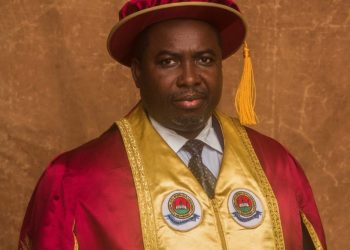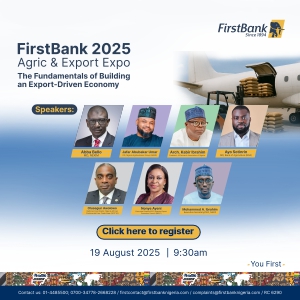Cross River State governor, Professor Ben Ayade, yesterday proposed a budget of N350 billion for the 2016 fiscal year.
Christened “Budget of Deep Vision”, the 2016 budget, which is Professor Ayade’s first as governor, represents a 273.7% increase over the 2015 appropriation bill of the immediate past administration.
Governor Ayade explained that the reason for the astronomical increment was as a result of expected funds from Foreign Direct Investment, FDI, and support for his signature projects by the Federal Government, pointing out that, “our rare moment of hope is born.”
According to the governor, “The economic sector is to be allocated N179,727,830,404.00 representing 51.41%; Social Services, N53,009,294,029.00 representing 15.21%; Regional Development will receive N53,443,575,772.00, representing 15.31%, while General Administration will get N63,219,299,785.00, representing 18.1%.”
Speaking at the presentation of the budget before the state House of Assembly, Governor Ayade said: “In a quest to develop the state, we have tried to ensure that the public expenditure structure that prioritizes a higher capital budget over recurrent is maintained. The 2016 budget is thus structured on a deliberate principle of capital/recurrent budget ratio of 84%: 16 %.
Offering further insight, he said: “The opinion of this ratio is that while the state is industrialized and developed, the individuals will also feel the impact of governance. This shall be done by creating employment opportunities for our youths in response to our desire to liberate families from the jaws of hardship by the wages of honest labour. There is no doubt, as a pivotal state in Nigeria that has adopted the budget system of Medium Term Budgetary Framework, it has benefitted immensely through the buy-in from MDAs, especially the realistic forecast for the succeeding year. As the state migrates from MTBF to IPSAS (International Public Sector Accounting Standard), with the baseline of zero-based budgeting system, signals are imminent for an era of scaling and justifying items, projects/programmes before inclusion in a budget.”















































